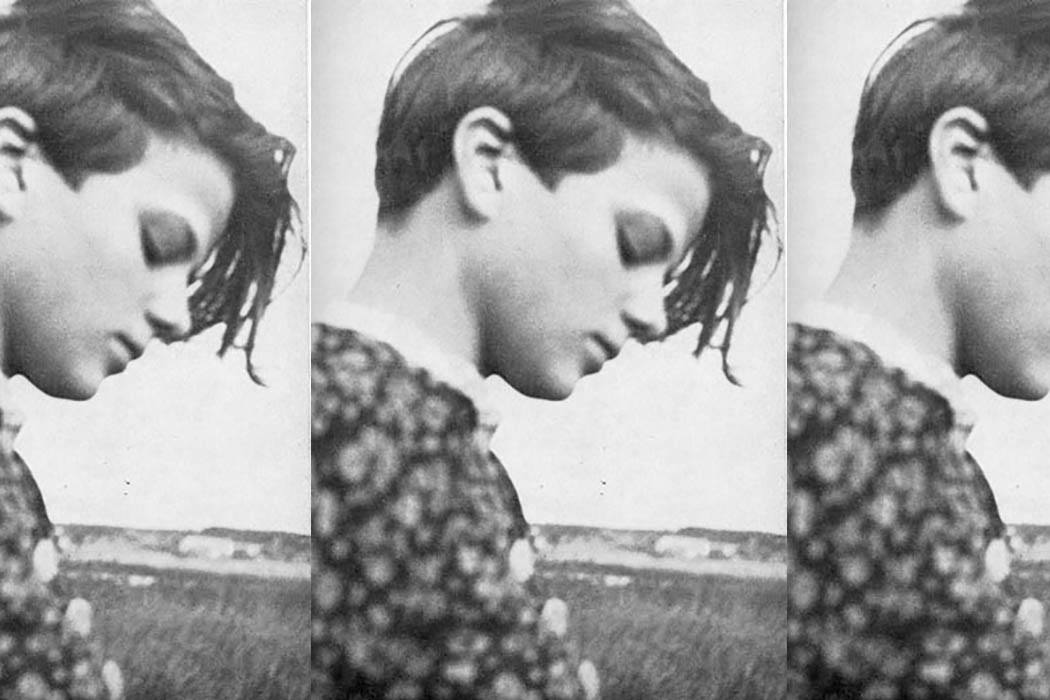How did a young woman named Sophie Scholl become the face of resistance to Nazism?
Scholl, her brother Hans, and Christop Probst, members of the White Rose (die Weiße Rose) non-violent resistance movement, were arrested for distributing anti-Nazi leaflets at the University of Munich in February of 1943. The protest was small, but deeply threatening to the Nazis—the Germans had just been decisively defeated at Stalingrad, the beginning of the end of Nazi expansion—who executed the trio just days later.
Notably, David Clay Large doesn’t mention the White Rose in his examination of the slow passage of the legacy of resistance in the 1950’s and 1960’s in the Federal Republic of German. According to polls taken in the western half of Germany in the early 1950’s, support for the resistance to Hitler during the Nazi period was ambiguous at best. In one poll, only 20% of respondents believed Hitler’s opponents should have resisted during the war; 34% said they should have waited until after the war was over before resisting (!). Forty percent believed that the men of the Twentieth of July movement, who attempted to kill Hitler in 1944, were in the right, but 50% were opposed to naming a school after Count von Stauffenberg, who was executed for his part in the attempted assassination.
Ex-Nazis, of which there were many, had obvious reasons for considering the military opposition to Hitler treasonous. Mainstream post-war politicians either downplayed their own collusion with Nazism or exaggerated their role in the resistance. The Cold War and the division of Germany meant that socialist and communist opposition to Hitler was ignored or denigrated in the west. Meanwhile, in East Germany, they were only too happy to remind people that the Prussians militarists who conspired against Hitler had been instrumental in his gaining power in the first place, and only moved against him when he started to lose.
But by the late 1960s, resistance (Widerstand) was written into West Germany’s Basic Law: “All Germans shall have the right to resist any person or persons seeking to abolish the constitutional order, should no other remedy be possible.” (Ironically, this followed the government’s seeking of broader powers to deal with political violence amidst a series of student protests.)
Sophie Scholl was 21 when she was executed. She would have been in her sixties when she and the White Rose were adopted by a new generation untainted by the Nazi years. Hans-Bernhard Moeller argues that three German films of the 1980s put Scholl and the White Rose on the cultural and political map at home and abroad and helped to finally legitimize political resistance to Hitler.
“Owing to her courage, her intellect, and her fearless political commitment,” writes Moeller, Scholl “has become a model not only for young, activist Germany and American women to identify with, but also for politically committed, idealistic students in general.”







